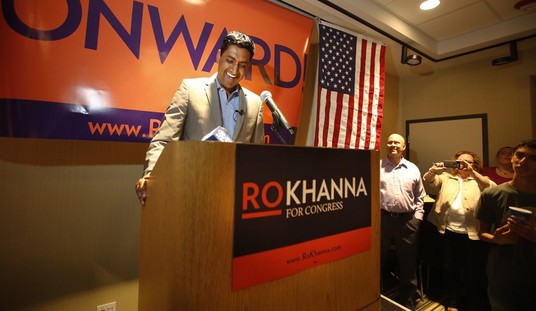The decision in Students for Fair Admissions vs. Harvard will go down as a landmark in the battle over affirmative action.
As Ed pointed out in his analysis, it was somewhat surprising to see Justice Roberts stake out such a strong position on the case, given his propensity to write narrow decisions that make only incremental changes to the status quo.
On its face the decision makes clear that affirmative action policies as generally practiced are unconstitutional. Decisions made on the basis of race are facially discriminatory, and should be prohibited.
Prior Supreme Court decisions had carved out some room for racial balancing, but as Roberts pointed out such remediative policies could not go on forever. The idea that people decades (or longer) removed should benefit from policies designed to remediate harms done to people in the past is a fool’s errand, and incompatible with the idea that the constitution is designed to protect the rights of individuals.
Three of the Supreme Court Justices disagreed with the decision, but Roberts correctly and succinctly eviscerates their arguments. He concedes that they may have a policy argument with which some could agree and others disagree, but demonstrates that as a matter of law their arguments fall flat and contradict both the constitution and every Supreme Court precedent.
As a matter of law, racial preferences are well and truly done. As a matter of practice, little will change.
Why?
Two reasons: 1) as Ed pointed out in his explainer, Roberts provided a workaround in his decision, making clear that artfully designed policies based upon proxies for race may be legal; and 2) pretty much every institution that wants to will simply break the law by changing the language and not the practices employed.
An obvious though often ignored fact is that the force of law is not what makes societies more or less law abiding; the reality is that laws are only effective when the vast majority of people voluntarily, even unconsciously obey the law. It is norms more than coercion that keep a society running smoothly and generally within the bounds of legal behavior.
Culture, not legal coercion, defines practice in most cases.
The cultural biases of most institutions in our society lead them to distribute the spoils based upon racial categories, and that cultural bias is not going to change. It’s not only Harvard that uses racial preferences in admissions–it is almost every institution in the country. All of these institutions will scramble to find a new way to describe practices that will remain pretty much the same as before.
Yes, people will sue, and occasionally they may win. But lawsuits are expensive, and large institutions like corporations and universities have very deep pockets, while college students and employees do not.
There have been lots of videos popping up of public school teachers and administrators discussing how to get around Red state laws banning CRT in the classrooms, and they all amount to the same thing: continue the practice, but call it by another name. Presto! They are not teaching CRT!
We will see the same thing here.
Students for Fair Admissions won an important decision, and we shouldn’t diminish the import of the victory.
But as a practical matter the institutions that are committed to racist practices will continue their racist practices, while finding a new justification for their actions.
It’s a long game. The Left loves the long game, and they won’t be deterred by what they will see as a temporary setback, and we shouldn’t rest on our laurels because we won a victory this round.
There are many more rounds left to come.







Join the conversation as a VIP Member